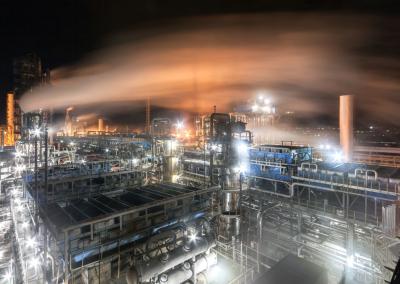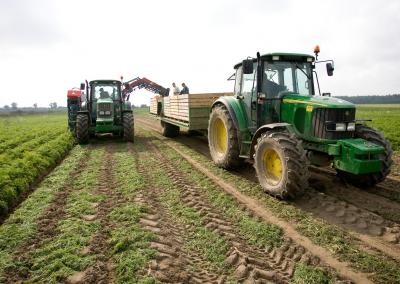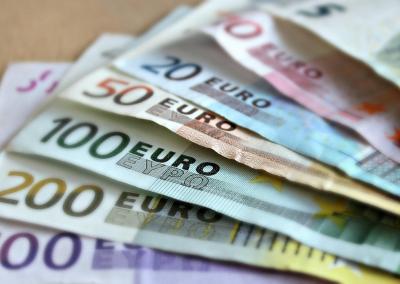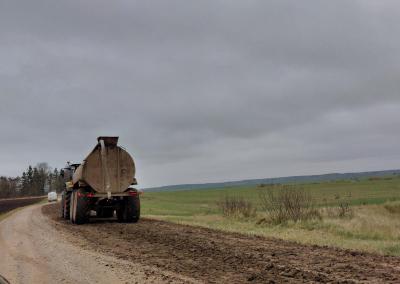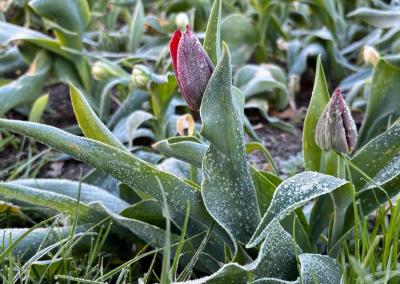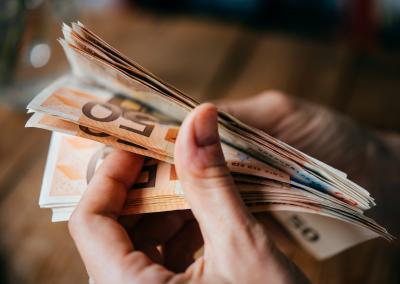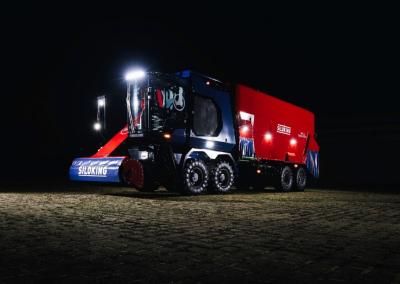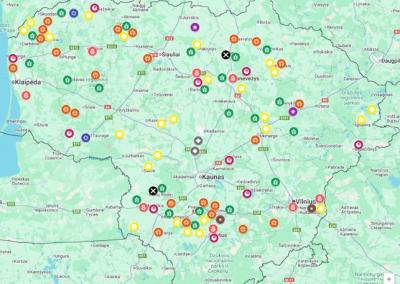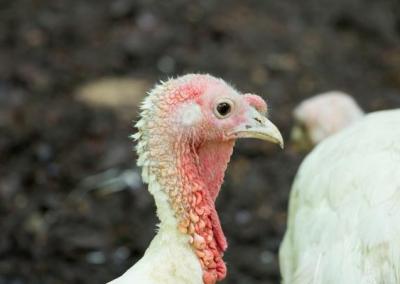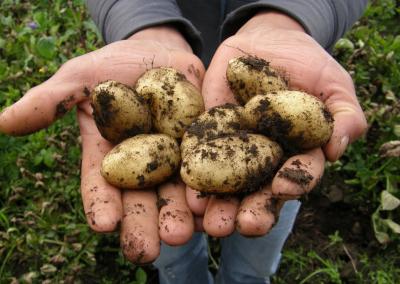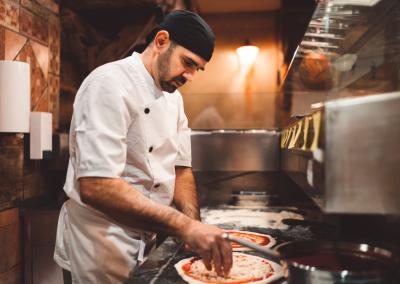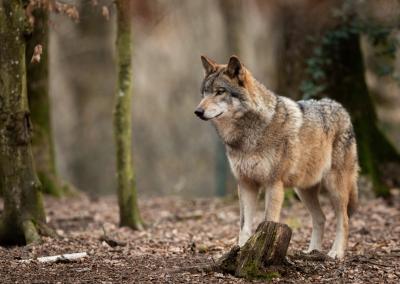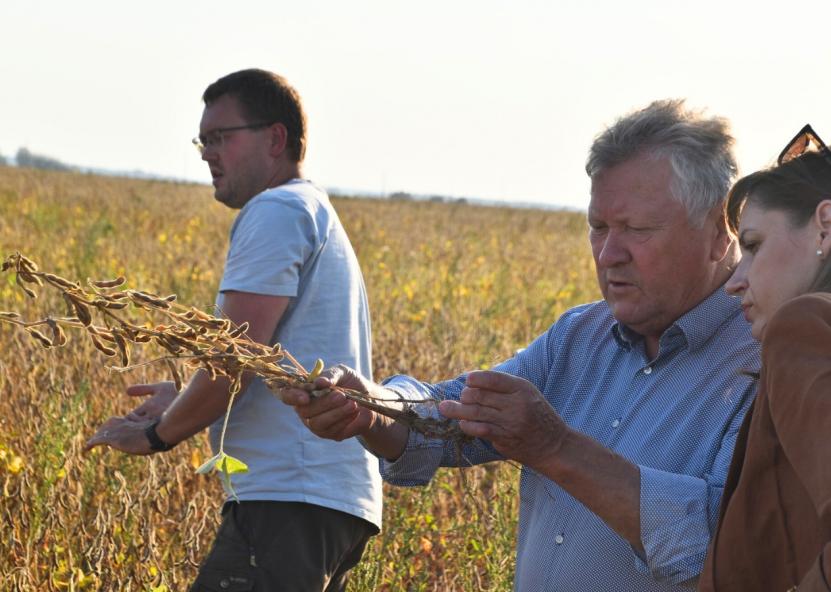Will soybeans open new perspectives for Lithuanian farmers?
Last weekend, Minister of Agriculture Kazys Starkevičius visited the farm of Kęstutis and Kazimieras Svečiulis, where soybeans were being harvested. The Minister announced the visit on his „Facebook“ account.
„For the second year in a row, smart farmers are threshing soybeans in collaboration with scientists, drawing on experience from neighbouring countries! I invited them to the Ministry and they came to tell us about this year's harvest without being proud and without waiting long," Starkevičius says in the post.
Today, he says, we are in dire need of scientific guidance, of effective strategies for larger, smaller farms, and times are changing.
„Here is a crop that has been considered unviable in Lithuania so far, the most abundant nitrogen crop in the soil, which is already thriving in our fields. So far, nobody is buying it here, but this is a matter of the near future, and since last year it has also been included in the list of supported crops. Our neighbours buy it in unlimited quantities, without any major restrictions," the Minister stressed.
„It's not just Jonava Nitrogen, we produce nitrogen too... We have proposals – how to solve Lithuania's demographic problems. After all, it was not for nothing that the Chinese were the first to grow soya on a massive scale. Soybean oil, as foreign scientists say, is a great aphrodisiac that improves potency," the guests joked during their visit to the ministry.
It turns out that 100 grams of soybean oil contains about 60mg of vitamin E1, while the same amount of olive oil contains only 15mg of this vitamin.
The renaissance of soy cultivation in Europe began in 2012. The Sveciulis farmers are already testing 12 varieties of soy from Poland, the Czech Republic, Austria and Canada, adapted to our latitudes, in their fields.
They harvest 3.4 tonnes per hectare. And on heavy, red clay and less fertile soils, the crop is so far free of pests.
The Polish farmers have ambitious goals. Last year they grew soya on 40,000 hectares, this year on 80,000 hectares and the aim is to grow soya on 1.5 million hectares and to be fully self-sufficient in this non-GMO protein without importing it from Brazil, the Americas or other regions. The Poles have developed their own Protein Programme to promote and support the cultivation of these crops.


